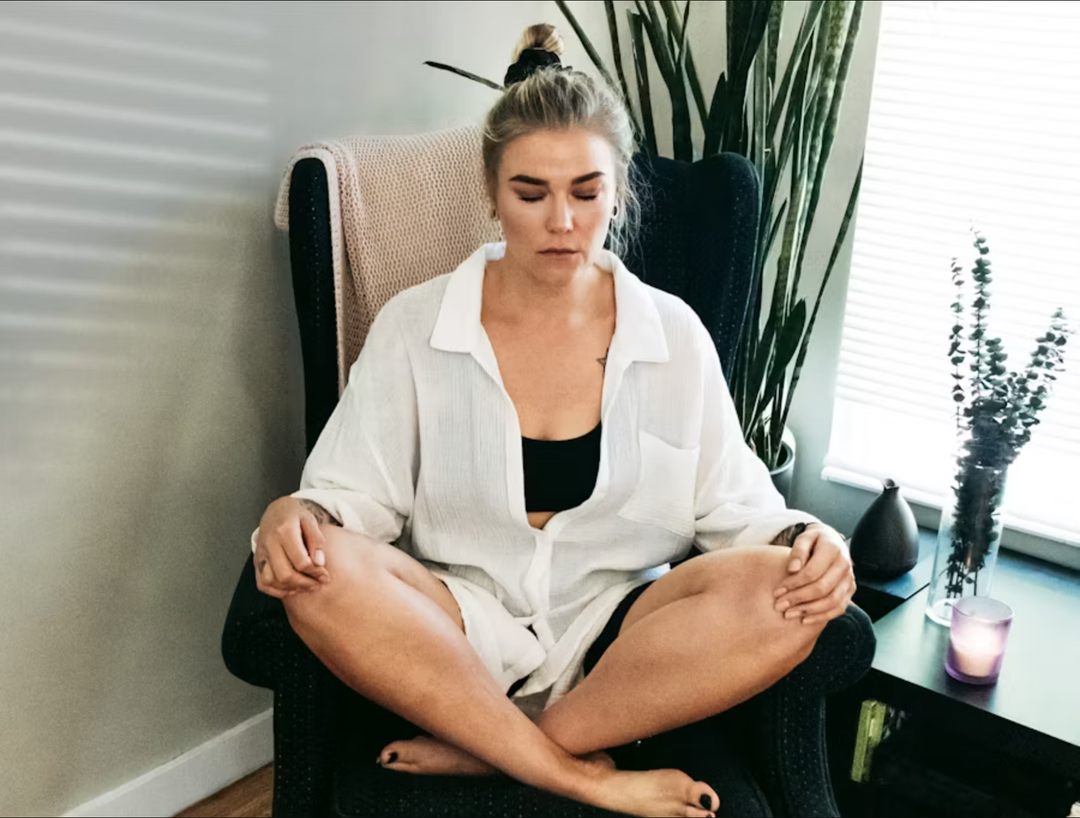
I’ve been to an aerial yoga class and almost vomited in the middle of the session. No one else’s fault but myself. I ate right before the class ☹. I did not equip myself with essential knowledge of how to prepare for an aerial yoga class. I was a newbie back then. So now I’m sharing with you 19 things that you should not do before and after an aerial yoga class.
10 Things Not To Do Before Aerial Yoga Class
Before an aerial yoga session, there are several things you should avoid to ensure your safety and enhance your overall experience. Here are 10 things not to do before an aerial yoga class:
1. Don't eat a heavy meal

Avoid consuming a large or heavy meal at least 2-3 hours before your aerial yoga session. Aerial yoga involves inversions and twists, which can be uncomfortable with a full stomach, like what I experienced in an aerial yoga class two years ago.
2. Avoid wearing jewellery

Yes, this is the requirement from the teacher before you enter a class. Remove all jewelry, especially rings, bracelets, and necklaces, as they can get caught in the fabric hammock which does not only cause injury but also damage the hammock fabric. I had to cover these bracelets using band aids before every class. You can also use a sweat band for this.
3. Don't wear clothes without coverage

Teacher will also remind you about this as well when you join an aerial yoga course at a studio. Wear appropriate clothing that covers your body, especially your armpit area and fitted workout wear. The reason being is that loose or baggy clothing can get tangled in the hammock and hinder your movements. Also, during the aerial exercise, you may sweat, and it won’t be a good idea for your own hammock if you do it at home or the aerial yoga studio. ☺
4. Avoid overusing of lotion or oil

Gripping is a common element of an aerial yoga pose. Therefore, don’t apply too much lotion, oil, or moisturizer on your skin before the class, as they can make it difficult to grip the fabric and might cause you to slip. You don’t want that to happen, do you?
5. Don't forget to warm up

Always start your session with a proper warm-up to prepare your body for the physical demands of aerial yoga. When you join a class at an aerial yoga studio, teacher will always walk you through an enjoyable and exciting warm-up before practicing any aerial yoga pose. It’s necessary to warm up your muscles and joints to reduce the risk of injury.
6. Avoid distractions

Turn off your phone or any other electronic devices that could cause distractions during the session. Aerial yoga requires focus and concentration. This is not only a should in aerial yoga but also in any type of yoga overall. Yoga is an exercise to help you observe your body and create coherence between your mind and your body. Therefore, create a suitable environment for your yoga exercise.
7. Don't skip the safety instructions

This should be the rule for any class, not just aerial yoga. In aerial yoga, though it’s not common, injuries may happen. Hence, you should pay attention to the instructor’s safety guidelines and follow their instructions carefully. Proper technique and body positioning are crucial in aerial yoga to avoid accidents.
8. Avoid overestimating your abilities

Being confident is good. At the same time, it doesn’t hurt to be considerate and be realistic about your abilities and limitations. Don’t attempt advanced poses or movements without proper guidance or unless you are ready for them. Always start with beginner-level classes if you are new to aerial yoga.
9. Don't ignore discomfort or pain

If you experience any discomfort, pain, or dizziness during the session, inform the instructor immediately. Do not push yourself too hard; listen to your body and respect its limits. Don’t try to compete with your classmates or hesitate to tell your teacher that you’re feeling discomfort.
I experienced some discomfort during an aerial yoga class before and I did signal the instructor about that and ended the pose early. The reason was that I ate some food right before the class, which is one of the things you should not do before an aerial yoga class. I also mentioned it in the beginning of this article.
10. Avoid arriving late

Arrive at the class early to have enough time to set up your hammock, get familiar with the environment, and be mentally prepared for the session. Being late can disrupt the class and your concentration. I always try to be punctual for every aerial yoga class.
What Not To Do After Aerial Yoga
After an aerial yoga session, it’s essential to take care of your body to promote recovery and prevent injuries. Below are 9 things you should avoid doing after an aerial yoga class:
1. Avoid sudden, strenuous activities

After you practice aerial yoga, regardless whether it is a beginner or an advanced session, your body always needs time to cool down. So avoid engaging in sudden or strenuous physical activities immediately after the class. Be gentle and appreciate your body. Give it some time to relax and recover.
2. Don't skip stretching

Perform gentle stretching exercises to help your muscles cool down and improve flexibility. Stretching can also reduce muscle soreness and enhance your overall recovery. If you join a class at an aerial yoga studio, teach will always guide you through a number of stretching poses before ending the class. Especially, there will be a gentle transition between being upside down and right-side-up. If you do aerial yoga at home, remember to do this before transiting to your normal standing up position.
3. Avoid taking a hot shower immediately

While it might be tempting to take a hot shower after a workout, it’s better to wait for some time. Hot showers can exacerbate muscle inflammation. Go for a lukewarm shower or wait for a while before taking a hot one.
4. Don't forget to hydrate

Hydration is the key to your overall wellbeing and a happy life. I can’t emphasise enough the importance of hydration to your health physically and mentally. In aerial yoga, hydration is crucial for your body’s recovery process. Also, avoid excessive caffeine or alcohol, as they can lead to dehydration.
5. Heavy meals won't be a good idea

Just like before the session, avoid consuming heavy or large meals immediately after aerial yoga. Your body is still in the process of digesting the physical activity, and heavy meals can cause discomfort. Focus on consuming a balanced meal that includes lean proteins, whole grains, and plenty of fruits and vegetables.
6. Seek for professional healthcare in case of persistent pain

It’s normal to feel some muscle soreness after a workout, but if you experience sharp pain or persistent discomfort, it’s essential to pay attention to your body and have a check. If necessary, consult a healthcare professional. Again, our body is the top priority. It will tell you if something is not right. So listen to it.
7. Don't neglect rest

Allow your body to rest and recover. Aerial yoga can be physically demanding, and your muscles need time to repair and strengthen. Make sure to get an adequate amount of sleep and rest to support your body’s recovery process. Actually, I always sleep well after an aerial yoga class.
8. Avoid excessive screen time

Try to limit your screen time, especially on electronic devices like smartphones and computers, after your aerial yoga session. Rest your eyes and relax your mind.
9. Don't skip self-care

Take time for self-care activities like gentle massage, meditation, or taking a bath. These practices can help your body and mind unwind and recover from the physical and mental exertion of the session.
Remember that everyone’s body is different, so listen to your own body and adjust your post-aerial yoga routine accordingly. If you have specific concerns or questions about your post-workout routine, it’s always a good idea to consult a fitness professional or healthcare provider for personalized advice.
To learn more about aerial yoga, here are 23 things you didn’t know about aerial yoga.
And here are 10 aerial yoga poses for stress relief.





